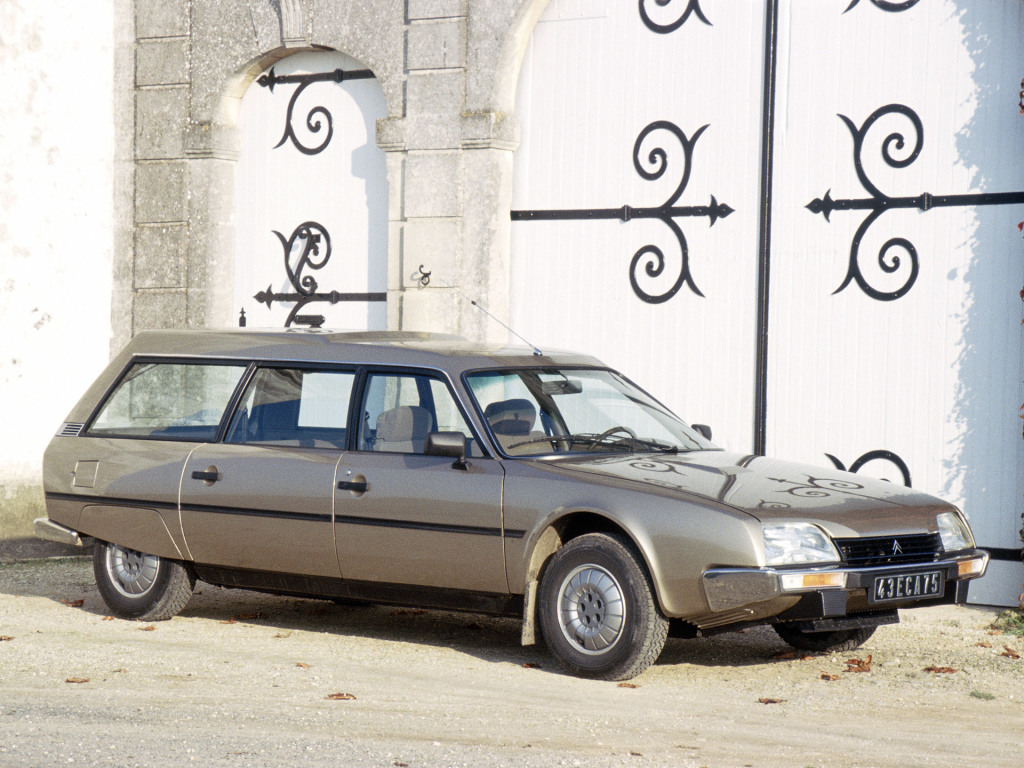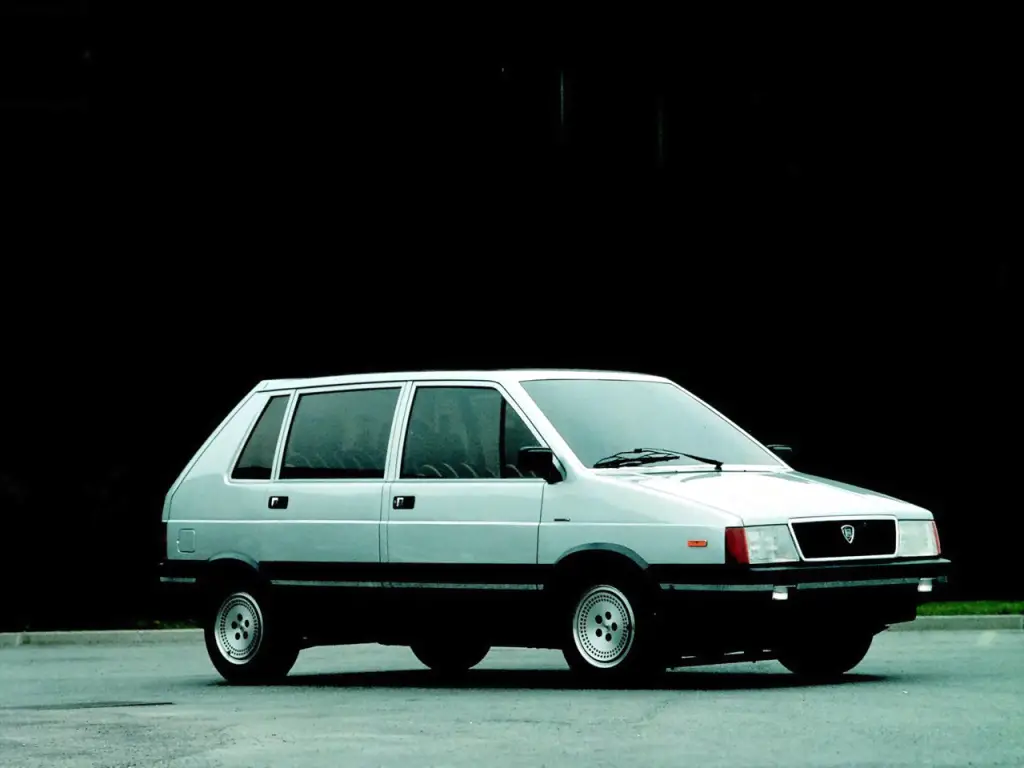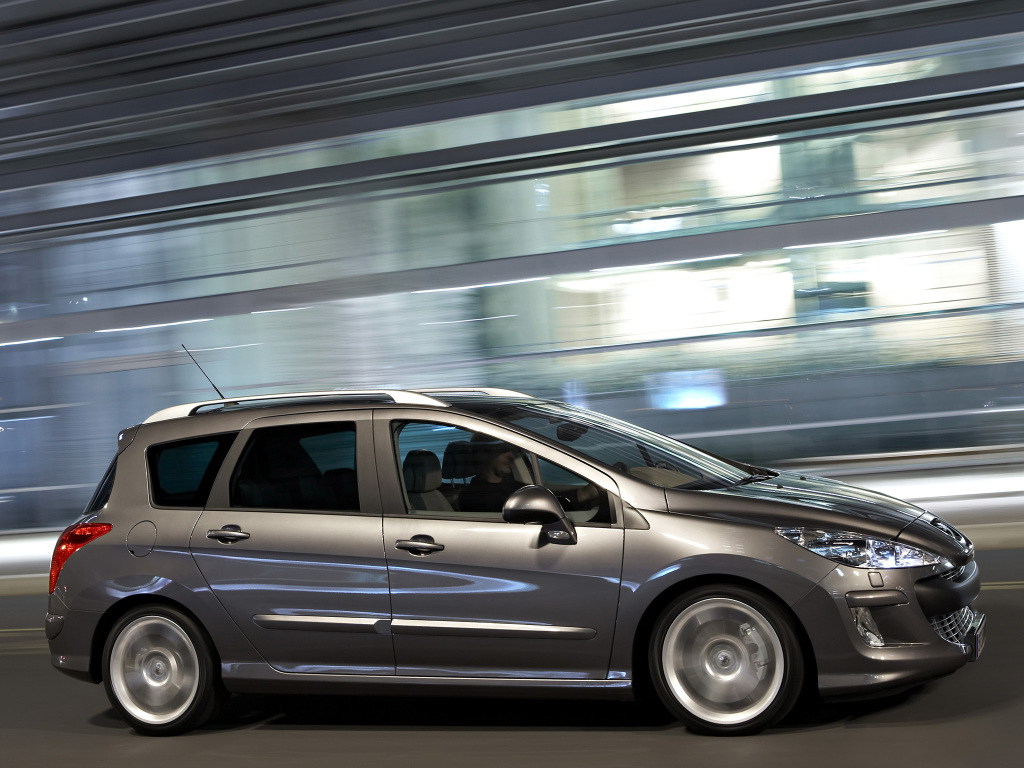6 person car – everything you need to know
Six-Person Car
No one ever talks about “a six-seater car,” but the term MPV is familiar to everyone. Since the 1980s, those letters have stood for Multi Purpose Vehicle, or “multipurpose car” – a spacious passenger car with more seats than a regular passenger car. The funny thing is: you can take those seats out of the car or fold them down and sometimes flip them over, for more luggage space and to transport large items or pets.
First real 6 seater car
In 1956, Fiat introduced the 600 Multipla, which as the name suggests, is based on the Fiat 600. That little four-seat car with the engine in the back was fitted with front steering, as in a van, and the front seat was mounted pretty much on the front axle. In the rear, Fiat placed two folding seats or a bench and two folding seats. This made the Fiat 600 Multipla the first six-seater passenger car. There were already multi-passenger cars, think of the Volkswagen bus, but they were based on a commercial vehicle and not a passenger car. In addition, to drive a vehicle for more than eight people, you need a specific bus driver’s license (D).

Even more 6 seater cars
Since the 1960s, passenger cars have been getting bigger – now almost every mid-size car offers a three-seat back seat and seating for five. Many automakers in the 1960s and 1970s also offered station wagon versions of their four-passenger sedans (a dying breed), and some manufacturers in turn provided them with two extra seats or a bench seat in the back. Think of the Peugeots 203, 403, 404 and 504 Familiale and later the Citroën DS Familiale and CX Break Familiale.

6 seater car leads to MPV concept
In 1976, at the request of the Museum of Modern Art in New York, Italian car designer Giorgetto Giugiaro (ItalDesign) presented the Alfa Romeo New York Taxi – a concept car whose height, dimensions and layout with a flat floor and sliding doors were intended to be particularly practical. It did not reach production, but Giugiaro developed the concept further and presented the Lancia Megagamma in 1978, which also remained at the prototype stage.

MPV
But the basis for the MPV phenomenon had been laid and the concept of taller, multi-purpose six-seater cars, possibly with sliding doors, caught on. In 1981 Nissan launched the Prairie and from 1982 it was on sale in Europe. From America came the Chrysler Voyager from 1984, and Renault was the first European automaker to market such a model in the same year with the Espace. The term did not exist yet, but in retrospect we can say that these three models are the first MPVs.

6 person car, MPV, SUV
Today, a large part of the car market consists of six-passenger cars and seven-passenger cars. These are not always directly derived from passenger cars but are often stand-alone models developed as MPVs or SUVs. Until 2014, the Peugeot 308 SW, a true estate car, was also available with seven seats. Its place was taken by taller models like the 3008 and the longer 5008, which is also available with seven seats.

Functionality and space
In today’s MPV and SUV models, it is no longer primarily the number of seats that matters, but rather the functionality and higher seating position. Hence, no one talks about six-person cars anymore. Type in the terms MPV or SUV into Google and you’ll be presented with six-passenger cars and seven-passenger models from virtually all brands. Have fun choosing.

